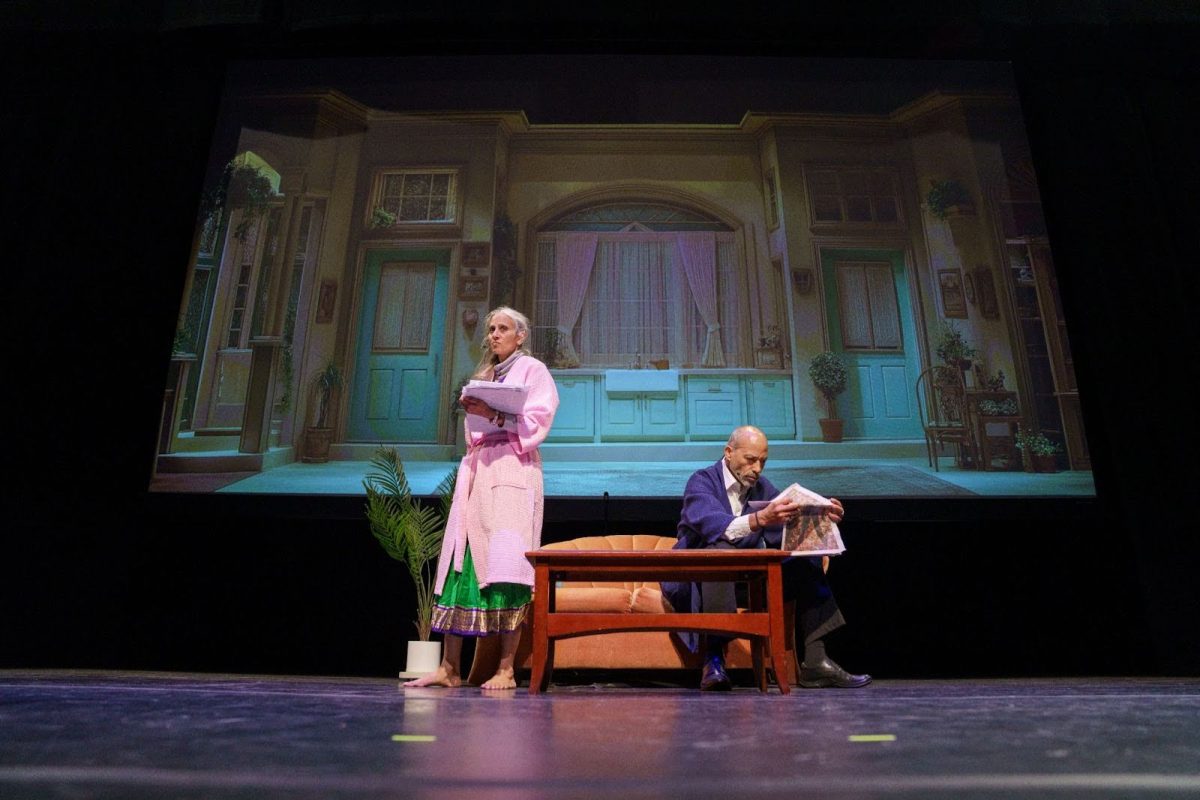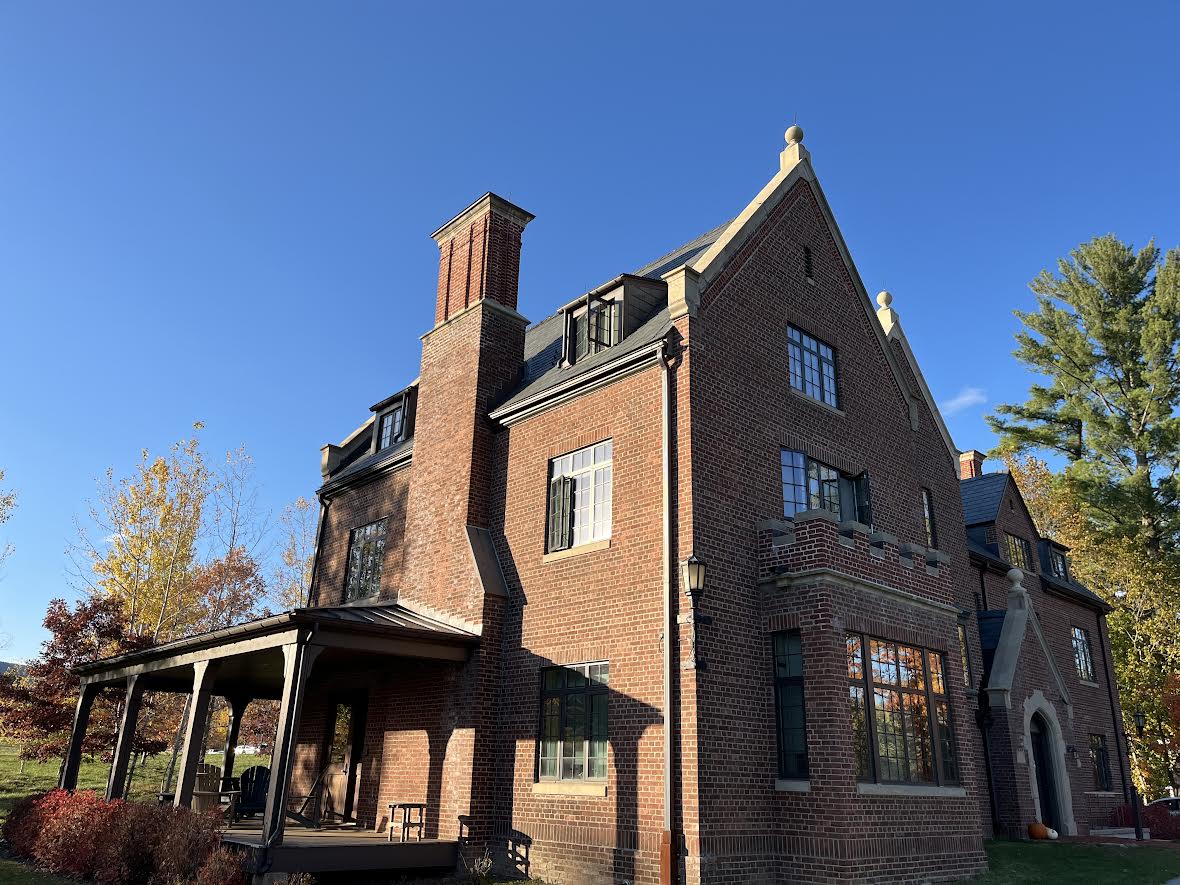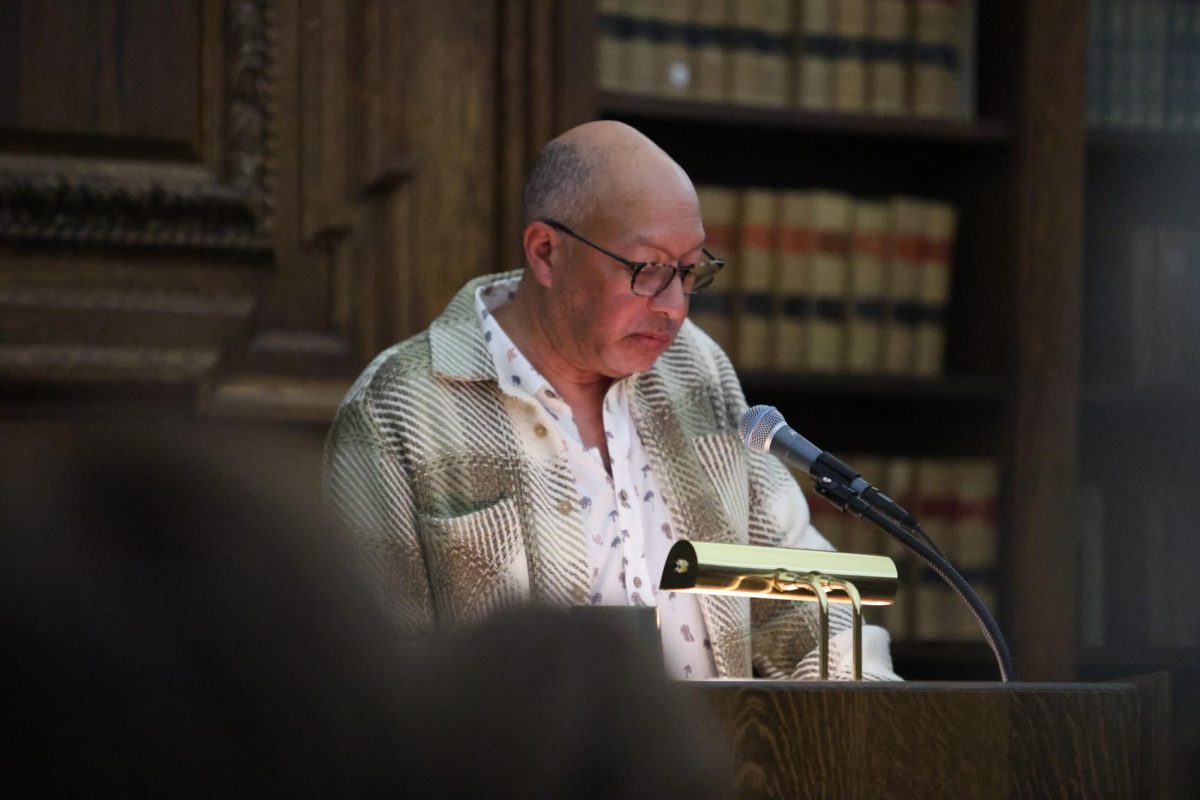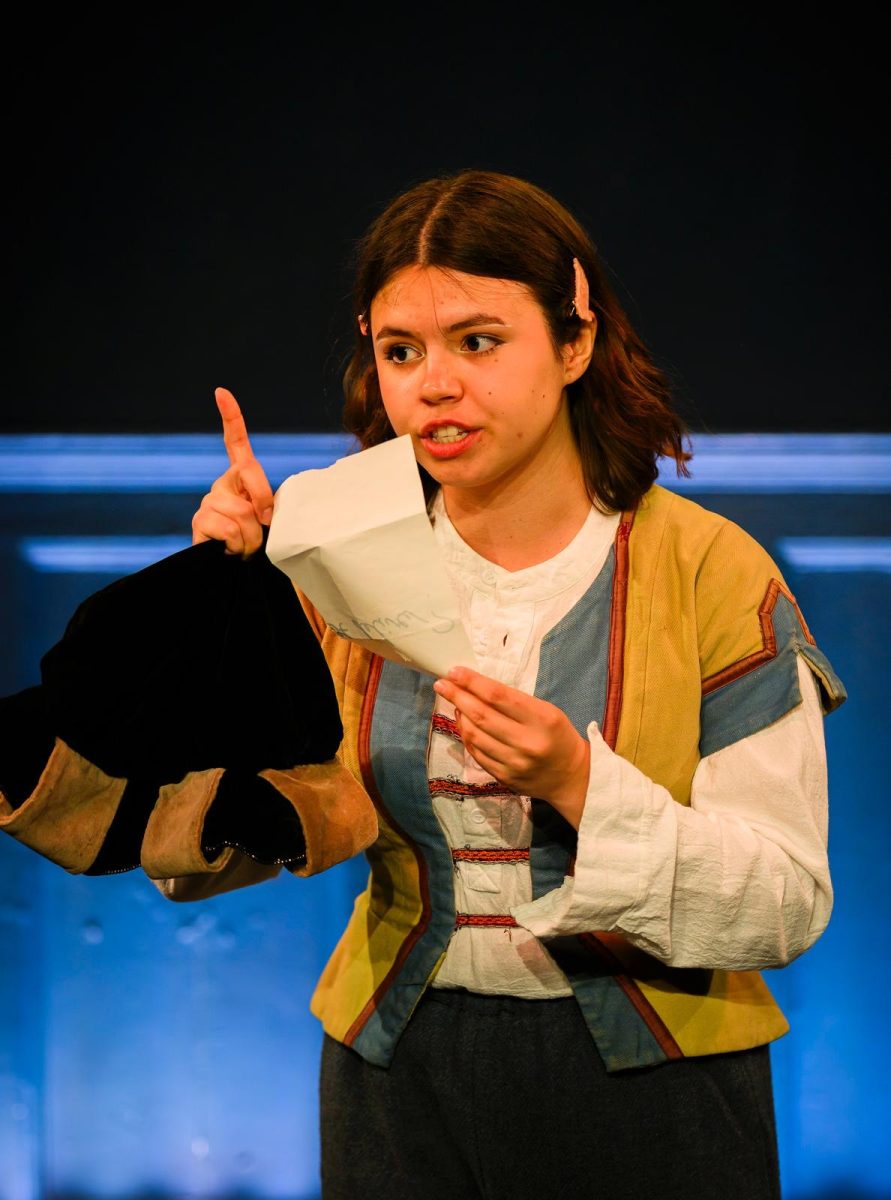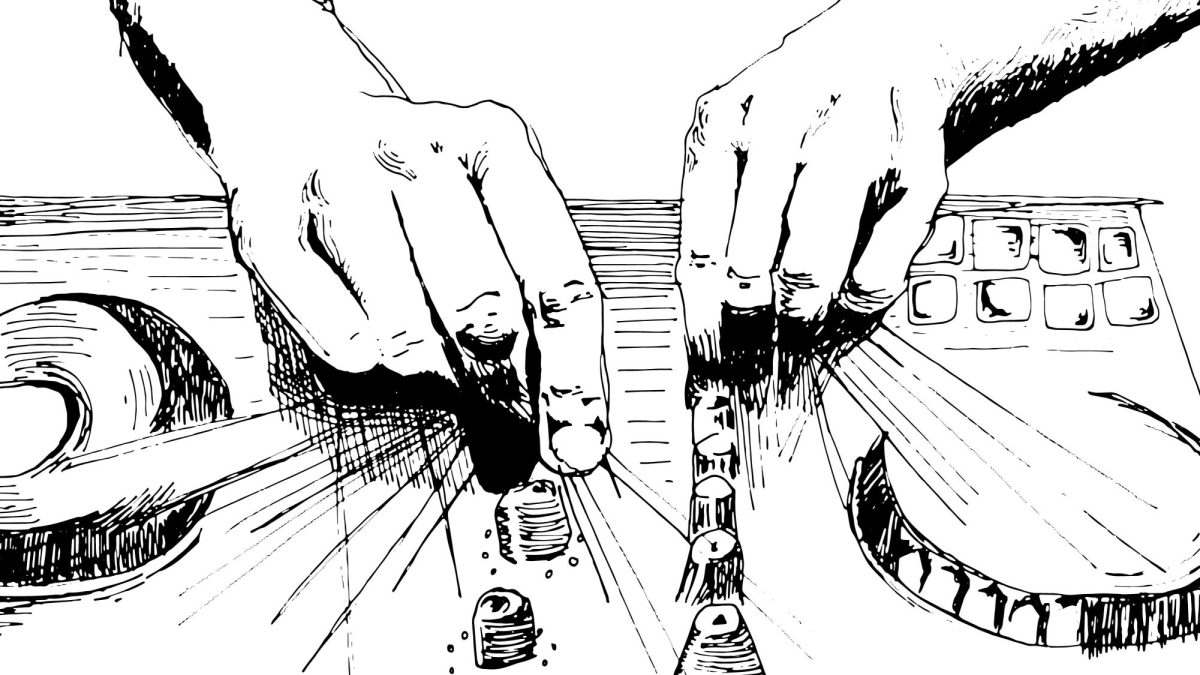
Public art is a familiar sight on the College’s campus: After walking by WCMA’s “Eyes” or the now-dismantled “Pluriverse Pavilion” many times, it’s easy to let them blend into the campus landscape. However, those of us who were around last year may recall when a laundry line adorned with an assortment of massive bras and underwear conspicuously materialized in the middle of Sawyer Quad, an installation that could not very well go unnoticed. This piece, titled “Laundry Day,” was not a mysterious apparition, but rather the work of visual artist and chef Riku Nakano ’25.
“I like making all sorts of things — I can’t really tell you what I’m an artist of,” Nakano said in an interview with the Record. Nakano, a studio art and environmental studies major, is drawn to everything from sculptural installations to drawing, switching between mediums based on what best conveys her ideas, she said.
“What really excites me is getting to do things that, when I explain them in words, sound stupid and silly, but when I actually create them [they’re] surprisingly joyful,” she explained. “There doesn’t have to be this really rigid rationale, and I can really listen to my gut.”
Reflecting on her artistic evolution while at the College, Nakano noted that the studio art class “The Art of Almost Nothing” with co-Chair of the Art Department and Chair and Professor of Studio Art Laylah Ali ’91 was essential in helping her understand that art can be created outside of traditional styles.
“You can make an art out of brushing your teeth every day, or just anything,” she said. “That class really made me interested in performance and installation, and really thinking about the labor of making things, the labor itself being art, and using the space around you to activate art pieces.”
Nakano’s use of space in her art is also informed by her environmental studies classes, many of which explore how people interact with physical spaces. “To me, art is really connected to making a sense of place,” she said. “Sharing sentiments of joy and silliness, or experiencing something absurd together, really creates this intimacy, and hence creates a strong sense of place.”
While installing “Laundry Day,” Nakano said she was thinking about uses of space, and sought to create a piece that was specific to her life in that place and time. That intention — to express the personal and the intimate through art — led her to hand sew the huge underwear that would end up on display, “drying” in the middle of the quad.
“It’s very silly,” she explained. “That was when I was really thinking about communal living, making private things public, vulnerability, and the joy of being embarrassed. It felt really nice to make something that made sense to make it in that place, at that point in my life.”
For Nakano, who worked in a bakery during her gap year and is a co-director of Log Lunch, the creative process extends beyond visual art into the realm of cooking. “I don’t think of cooking as like, ‘This is my work,’ but I think [that] what I learned from cooking informs my other creative practices,” she explained. “There is so much joy in being able to share a product of your labor with someone else, and that’s what I feel when I share artwork.”
Nakano started working for Log Lunch during her sophomore year, as she wanted to be able to work in a kitchen again, and has been one of the directors since her junior year. “It’s not about cooking skills, or about how well you can chop onions,” she explained. “It’s about collaboration and how well you can enjoy sharing a space together, how well you can enjoy being part of creating something together.”
Currently, Nakano is working on her biggest installation yet — her studio art thesis. “I’m making a big daikon radish, like the vegetable,” she said. “And it’s gonna be, hopefully, 20 to 30 feet long.”
Nakano has been working on her giant root vegetable since this Winter Study, and has used a variety of media and techniques in its assembly. For the base structure, Nakano used wood reed cane (round strips of woven wood), and she plans to dye used bed sheets and other repurposed fabrics with cochineal bugs and attach them to the base. “People are going to be able to stick their heads and arms into the daikon to wear them,” she said. “As people wear them and attach themselves to the daikon, the big daikon is going to be able to move as one body, and I want to do, like, a big march of the daikon.”
After graduation, Nakano hopes to continue making art and cooking. “I think I would love to work in more kitchens — that feels very exciting to me,” she said. “I like how relationships are made when you’re either cooking together or someone’s receiving a product of your labor. Hopefully as I save up some money, [I will] keep building my portfolio, make art at home, and maybe go back to school to learn more art. A lot of the artists I really respect and admire are also professors, so that feels like an exciting path for me too. But also, having my own bakery sounds nice.”



